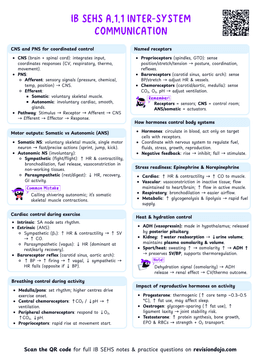Goal Orientation Theory in Sports Psychology
Understanding Goal Orientation
Goal orientation theory explains how athletes approach achievement situations and define success in sports. There are two primary types of goal orientations:
- Task Orientation (Mastery)
- Ego Orientation (Performance)
Athletes can display both orientations simultaneously, but usually have a dominant tendency towards one type.
Task Orientation
Task-oriented athletes focus on:
- Personal improvement
- Skill mastery
- Learning from mistakes
- Self-referenced standards of success
A task-oriented swimmer might set a goal to improve their personal best time in the 100m freestyle, regardless of where they place in competition. They feel successful when they execute their technique better than before, even if they don't win the race.
Benefits of Task Orientation
- More sustainable motivation
- Better handling of setbacks
- Higher enjoyment of sport
- Greater persistence in face of challenges
Ego Orientation
Ego-oriented athletes focus on:
- Outperforming others
- Winning at all costs
- Social comparison
- Normative standards of success
An ego-oriented tennis player might only feel successful when they beat their opponent, regardless of how well they actually played. Even if they perform well but lose, they may view it as a failure.
Many people assume ego orientation is always negative, but it can be beneficial in competitive situations when combined with high competence beliefs.


